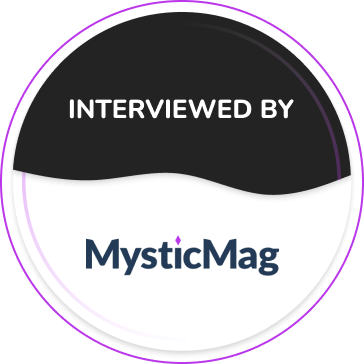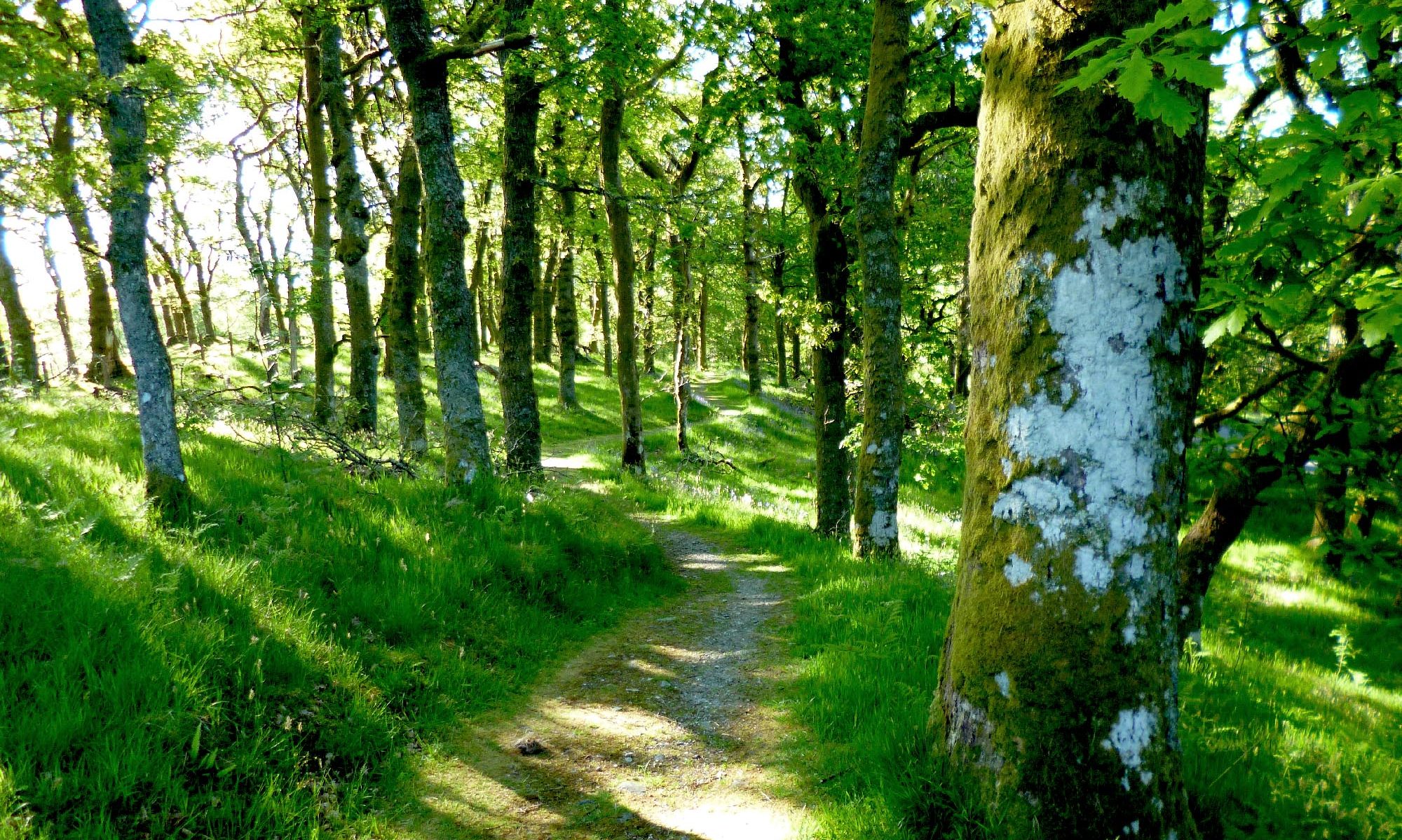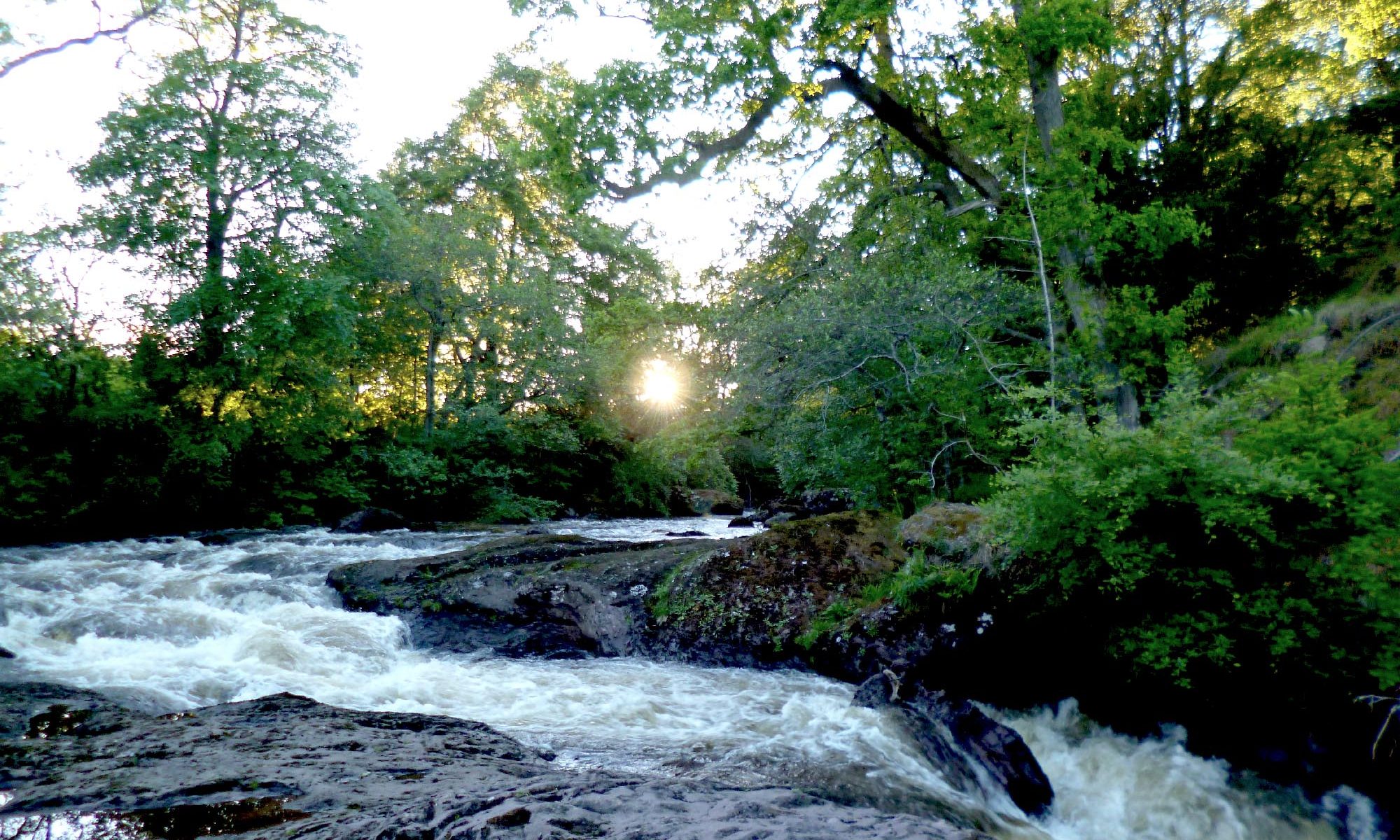Shamanism is a ancient healing method that has been practiced across all cultures in various forms and has enjoyed a return to our awareness in the western world since around the 1950’s.
A definition that captures something about shamanism for me is “that while in a shamanic state of consciousness the shaman works by asking for help from the spirits, bringing this information back and then doing something with it!” In my work I attain this state of consciousness through working with the drum, rattle and song as our ancestors did.
To talk about shamanism without talking of spirit would be like an electrician working away while denying the existence of electricity. The spirits do not see us in our perceived failings, but in our authentic creative and powerful nature, guiding and inviting us towards this.
When I talk about shamanism with people, I often find there is a sense of familiarity that comes through, as if the act of speaking about it unlocks a memory within our psyche – maybe this is because it has been such a part our past history. It is likely that your own ancestors would have experienced these ways at some time, as such this is a time tested and ancient practice.
The word “shaman” comes from the Tungus language of Siberia; however, it has been practiced in a local form, across all cultures, throughout the world, including here in Europe. It translates roughly as “the one who sees”, “the one who knows”, or “the one that can see in the dark”.
What it is that they see, and know well it is the spirit world. Shamans develop trusting relationship with helping compassionate spirits as partners in their healing work and learn how to navigate in these realms safely and effectively.
So, what are these spirits? My understanding is evolving with my experiences; Today I feel that what we are connecting with, and call “spirit”, is the wisdom and intelligence that creates, sustains and supports life.
Using shamanic methods this wisdom can be communicated with as we access the healing and guidance available to find solutions to the challenges we face, and questions that we bring. One of the most amazing benefits for me in practicing shamanism is to feel how supported we actually are and using our questions and intentions as a key unlocks the wisdom and empowerment and healing that is available. We have our own free will to do with what we will and choose with the answers and healing we receive.
The spirits present themselves in ways we can relate to, for example as “power animals”. As we develop a working relationship with this spirit, we ask for what we need; as we bring this guidance out into our everyday lives and see results, we develop trust in the method and our relationship with spirit.
I am, though, aware that trying to define something such as this is really difficult, and there also is a great mystery to spirit that can only come to be understood through our personal direct encounter. However Shamanism is empirical, do these other realities and spirits exist, well we can learn to journey or expereince healing and put it into practice and we can see what we experience and how this benefits our life!
I can say from my own experience though personally and observing those I work with that if you engage with shamanic methods and work in partnership with your spirits, your life will change in ways you may not of imagined and new opportunities will emerge.
From a shamanic perspective, the word “power” means that we are with spirit. To be “dis-empowered” from a shamanic perspective would to be with our perceived limitations and fear.
This power, though, is not over others, but self-mastery as we come to know ourselves in a deeper way. Our healing is not in isolation, but ripples out into our communities. This community though is not only people, but the land we walk upon and all life upon it.
One thing I know, through hard-won personal experience, is that it is possible to transform our lives. This happens when our willingness and openness to change meets supportive conditions, and when this happens so much more is possible.
My role as a practitioner is to create those conditions for you, and your responsibility after the session is to step back into your life in a new and different way – all that you need to do this will come through in the session, and will support and guide you to this. The responsibility is then with you to bring this into your own everyday life and create the life you are seeking or is seeking you.
I was interviewed by a magazine blog Mystic-mag about my work, this gives good insight into aspects of my work and how it may help you, the link to the interview is below.
https://www.mysticmag.com/psychic-reading/briananderson-interview


